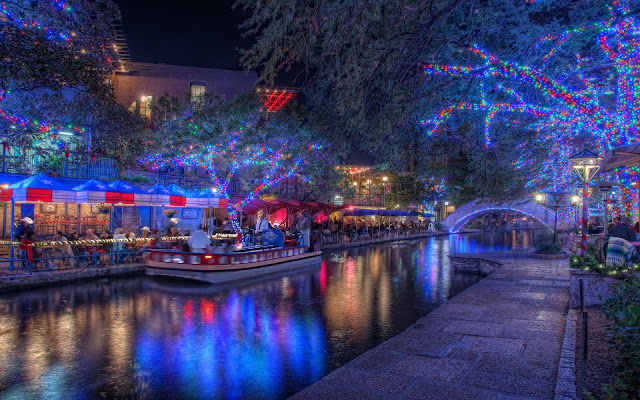Australia is famous for its natural beauty: the Great Barrier Reef, Uluru, Kakadu, the Kimberley. But what about the places almost no one goes? We asked ecologists, biologists and wildlife researchers to nominate five of Australia’s unknown wonders.
Christmas Island is a dot in the Indian Ocean. Like any isolated island, it is peculiar. But here this peculiarity is especially pronounced. It has a strange history, an odd culture and a remarkably distinctive biodiversity. Unfortunately, it is now best known to Australians simply as an entry point for refugees. Remoteness has that effect, of distorting truth and value.
Christmas Island is small (about 135km2) and little-populated (about 2,000 permanent residents). It has been settled only since the 1880s; for much of the period since then it was administered by the Straits Settlement (Singapore), with inclusion as an Australian territory only since 1958. Phosphate mining was the reason for its settlement, and has persisted as the main (sometimes only) industry ever since, leading to loss of about 25% of the Island’s rainforest area.
Reflecting that history, its ethnic make-up is now mainly Chinese and Malay (arising from workers imported as “coolies”). The small community is remarkably vibrant and tolerant: there can’t be any other place in Australia with two public holidays per year celebrating Christian holy days, two for Muslim holy days and two for Chinese festivals.
The call to prayer rings out over the community from the small mosque; everyone is welcome at the Chinese festivals.
Christmas Island is old. It is a volcanic seamount island, rugged and isolated, rising more than 4km from the deep sea floor, with the nearest land being Java, about 360km distant. Over the long period of its isolation, these features have crafted a unique environment. It is characterised by high levels of endemism for many groups and idiosyncratic ecological structuring.
Most of its reptiles, native mammals, and terrestrial birds occur (or occurred) nowhere else; and nearly 200 invertebrate species are considered endemic. There are very few areas in Australia (indeed, in the world) that can match such narrow endemism. Read More : http://theconversation.com
Christmas Island is a dot in the Indian Ocean. Like any isolated island, it is peculiar. But here this peculiarity is especially pronounced. It has a strange history, an odd culture and a remarkably distinctive biodiversity. Unfortunately, it is now best known to Australians simply as an entry point for refugees. Remoteness has that effect, of distorting truth and value.
Christmas Island is small (about 135km2) and little-populated (about 2,000 permanent residents). It has been settled only since the 1880s; for much of the period since then it was administered by the Straits Settlement (Singapore), with inclusion as an Australian territory only since 1958. Phosphate mining was the reason for its settlement, and has persisted as the main (sometimes only) industry ever since, leading to loss of about 25% of the Island’s rainforest area.
Reflecting that history, its ethnic make-up is now mainly Chinese and Malay (arising from workers imported as “coolies”). The small community is remarkably vibrant and tolerant: there can’t be any other place in Australia with two public holidays per year celebrating Christian holy days, two for Muslim holy days and two for Chinese festivals.
The call to prayer rings out over the community from the small mosque; everyone is welcome at the Chinese festivals.
Christmas Island is old. It is a volcanic seamount island, rugged and isolated, rising more than 4km from the deep sea floor, with the nearest land being Java, about 360km distant. Over the long period of its isolation, these features have crafted a unique environment. It is characterised by high levels of endemism for many groups and idiosyncratic ecological structuring.
Most of its reptiles, native mammals, and terrestrial birds occur (or occurred) nowhere else; and nearly 200 invertebrate species are considered endemic. There are very few areas in Australia (indeed, in the world) that can match such narrow endemism. Read More : http://theconversation.com

No comments:
Post a Comment